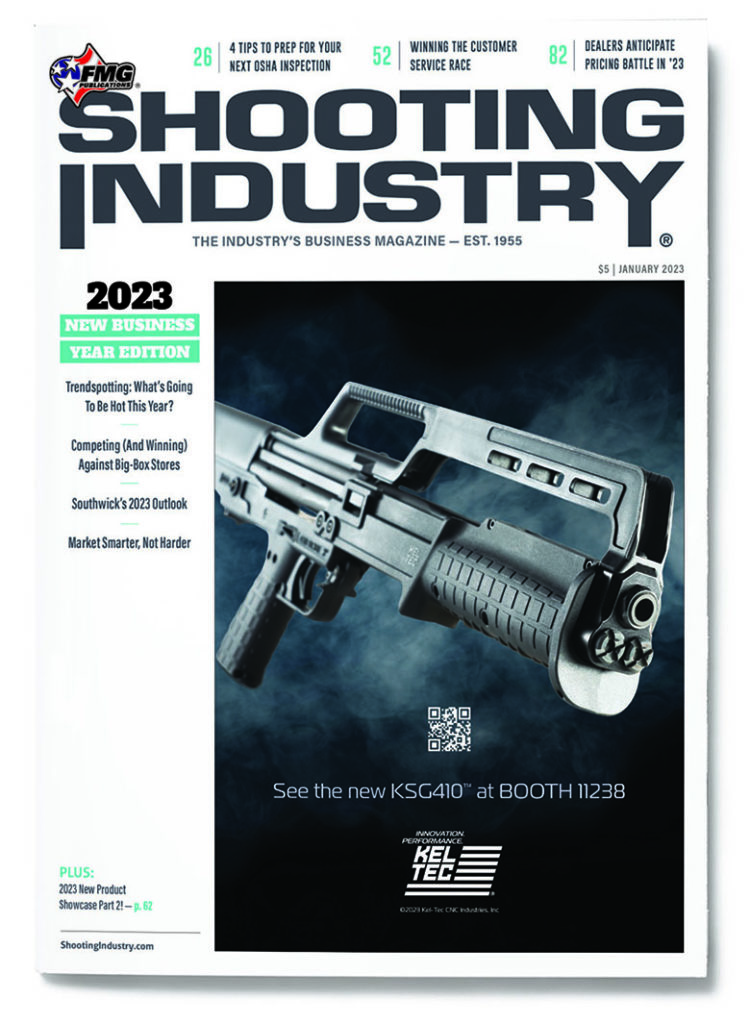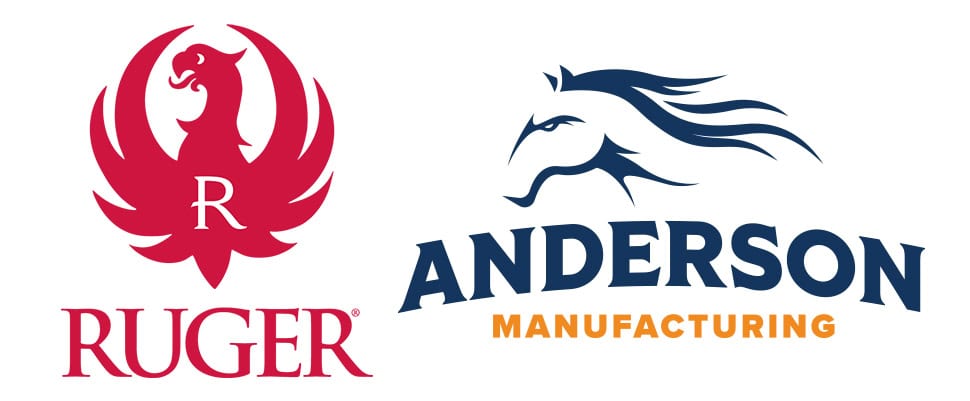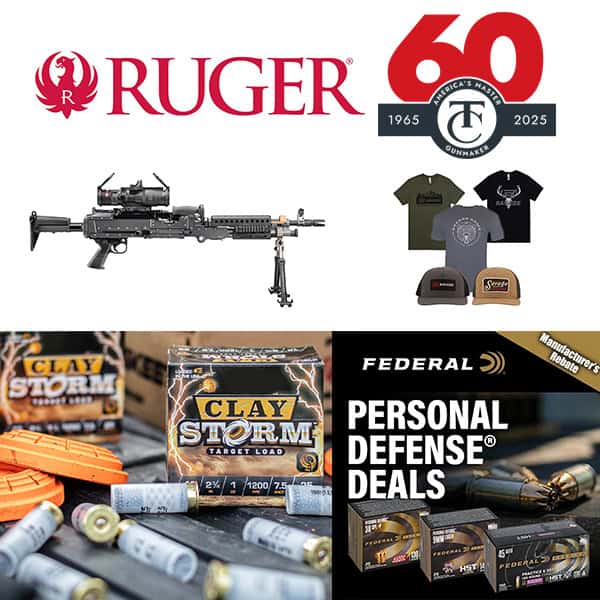4 Tips To Prepare For Your Next OSHA Inspection
Shooting ranges are at an increased risk of being inspected due to the Occupational Safety and Health Administration’s (OSHA’s) National Emphasis Program to reduce occupational exposures to lead. OSHA has issued citations with monetary penalties as high as $224,735 to individual shooting ranges and $1,035,600 to range-cleaning companies.
Is your gun range ready for an OSHA inspection? If not, follow these four suggestions to better prepare for one.
1. Conduct The Required Assessments
Take action and ensure your shooting range has completed the following OSHA-required assessments:
• Airborne Lead Dust Personal Exposure Monitoring: Unless you operate a lead-free (both bullet and primer) range, you’re required to conduct full-shift personal airborne lead dust sampling on your range staff. The results of this sampling are independent of any personal protective equipment (e.g., respiratory protection) worn and will determine to what extent OSHA’s lead standard (29 CFR 1910.1025) will apply to your facility.
When planning your sampling, be sure to schedule your airborne lead dust assessment during peak range usage and don’t forget to evaluate lead exposure during non-routine tasks such as filter changes, deep range cleanings and lead reclamation.
Typical job categories to sample will include range masters, range safety officers, range instructors, gunsmiths and range maintenance staff. When measured airborne lead dust levels are below allowable OSHA limits, additional sampling is only required when there is a production, process, control or personnel change that could result in new or additional exposure to lead.
• Personal Noise Dosimetry: Like with lead, noise exposure monitoring (noise dosimetry) must also be conducted to evaluate compliance with OSHA’s noise exposure limits (29 CFR 1910.95). Similarly, the results of this sampling are independent of the hearing protection worn by the range staff. That is, a shooting range would still receive citations if measured noise levels are above allowable OSHA limits and if the range has not implemented the required hearing tests, noise training and noise controls — regardless of the hearing protection used. Ranges should conduct noise dosimetry during peak operating conditions and characterize exposure of their range staff. Often, this assessment will be conducted along with the airborne lead dust sampling.
• Personal Protective Equipment (PPE) Hazard Assessment: PPE such as respirators, hearing protection, eye protection, gloves and coveralls are commonly used by range staff. However, most range owners are unaware of OSHA’s requirement (29 CFR 1910.132) to conduct a formal hazard assessment at their range to determine which operations warrant PPE. If your range has already completed the required PPE hazard assessment, be sure to generate a written certification identifying the workplace evaluated; the person certifying the evaluation has been performed; the date(s) of the hazard assessment; and, which identifies the document as a certification of hazard assessment.
2. Develop The Required
Written Programs
Depending on your specific shooting range operations, the following written programs may be required by OSHA:
• Hazard Communication: Shooting range staff use a variety of potentially hazardous chemicals when performing gun cleaning, janitorial and/or range cleaning operations. If your range uses hazardous chemicals, you must develop, implement and maintain a written hazard communication program to inform your range staff of the chemical hazards associated with your workplace. Components of this written program include, but are not limited to, a list of the hazardous chemicals present, safety data sheets (formerly material safety data sheets) for each hazardous chemical, chemical container labeling and employee training.
• Bloodborne Pathogens: Slide and hammer “bites” are common with inexperienced shooters. If range staff is required to either administer first-aid or clean up blood, then your range must develop, implement and maintain a written Exposure Control Plan identifying the job classifications having, or are likely to have, exposure to blood, and how your range will respond in the event a range staff member was exposed to blood.
• Respiratory Protection Program: Too often, range managers and owners will provide their staff with respiratory protection without fully realizing the regulatory consequences of their action. A written respiratory protection program is required by OSHA whenever respirators (even disposable N95 respirators) are used. A gun range’s written respiratory protection program must contain specific procedures describing how respirators will be selected, fitted, used, maintained and inspected.
• Lead Compliance and Hearing Conservation Programs: Depending on results of the OSHA required airborne lead dust and noise dosimetry, a shooting range may be required to develop, implement and maintain written lead compliance and hearing conservation programs detailing how the range will control lead and noise exposures.
3. Provide The Required Employee Training & Information
Shooting ranges must provide their staff with safety and health training whenever there is a potential exposure to a hazard. Here’s a short list of the most common trainings gun ranges will need to provide to staff:
• Hazard Communication: Range staff must be trained on the hazardous chemicals in their work area before initial assignment and when new chemical hazards are introduced. Range owners must also inform range staff of the requirements of OSHA’s hazard communication standard (29 CFR 1910.1200), hazards of chemicals, appropriate protective measures and where and how to obtain additional information.
When classifying the hazards of lead, at least the following hazards are to be addressed in a range’s hazard communication training: reproductive/developmental toxicity; central nervous system effects; kidney effects; blood effects; and acute toxicity effects.
• PPE: Prior to using PPE, range staff must be trained to know when it is necessary; what kind is necessary; how to properly put it on, adjust, wear and take it off; the limitations of the equipment; and proper care, maintenance, useful life and disposal of the equipment.
• Respiratory Protection: Respiratory protection training must be comprehensive, understandable, and recur annually, and more often if necessary, when respirators are used.
• Lead and Noise: Depending on results of the OSHA-required airborne lead dust and noise dosimetry, a shooting range may be required to train range staff annually on noise and lead hazards. At a minimum, range staff must be provided with the information contained in Appendices A and B of OSHA’s lead standard if they are exposed to any airborne lead dust.
• Fire Extinguisher, Fire Prevention and Emergency Action Plan: Depending on your range’s fire extinguisher policy, your range may need to provide fire extinguisher training and site-specific training on your range’s fire prevention and emergency action plans.
4. Be Prepared
Make sure your shooting range conducts the required assessments, develops the required written programs and provides the required training to your staff. Designate range supervisory staff who will act on your range’s behalf should OSHA officers arrive for an inspection. Ensure your range’s supervisory staff knows the location of your written safety programs and related records.
Follow these suggested “Do’s” and “Don’ts” during your OSHA inspection.
Do’s:
Designate company representatives to act on your range’s behalf during an OSHA inspection.
Confirm the OSHA Compliance Officer’s (CSHO) credentials and inspection purpose.
Be courteous and polite to the OSHA Compliance Officer.
Provide the inspector with the OSHA required documents when requested.
Stick to the scope of the inspection.
Take detailed notes and photos during the inspection.
Correct any observed unsafe conditions.
Ask questions.
Communicate your range’s PPE requirements to the OSHA CSHO.
Don’ts:
Falsify records.
Volunteer documents unless requested.
Discriminate/retaliate against employees whom you may think have called OSHA.
Give tours of your facility.
Leave the OSHA CSHO unattended (unless they’re conducting private employee interviews).
Obstruct the inspection process.
Argue or try to settle citations in the Closing Conference.






